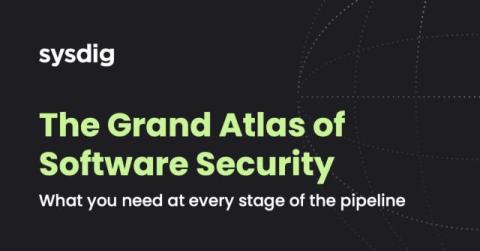Why MSPs must prioritize endpoint security
In today’s complex threat landscape, MSPs must safeguard their clients’ endpoints, including laptops, desktops, tablets, and mobile devices, from cyberattacks. Prioritizing endpoint protection is essential to shield clients from the relentless evolution of malware, viruses, ransomware, and other threats.











